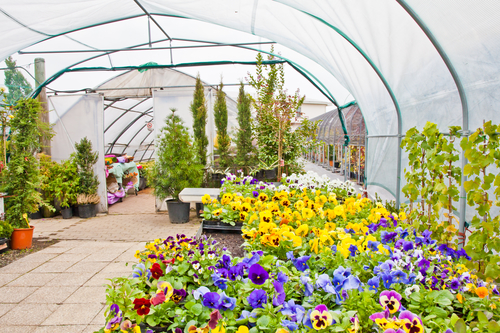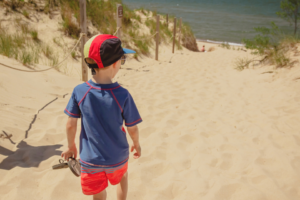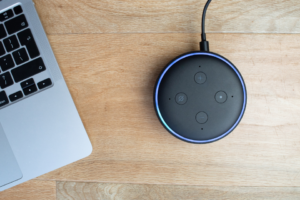
Science in the Real World

You’ve heard it (or maybe even said it before): “when am I ever gonna have to use this?” Whether you lamented this way about math, science, literature or history, you were probably convinced that the topic you were learning about was of little practical value. Often, when presented in the sterile environment of the classroom, topics fail to resonate with us in a “real-world” way. And, while most of us have experienced this dissonance, it is worth remembering that sometimes the connection is not obvious, but that doesn’t mean that it does not exist. Science, in particular, holds special relevance to pretty much everything around us, so below, we take a look at some practical applications for the sciences and how they can lead to lifelong understanding.
Weather and Climate: As the debate over climate change rages on, it behooves us to have an understanding of how complex systems like weather work. Yes, there are elements of really “sciency” subjects like chaos theory in this, but understanding climate from a practical perspective can be important for informing yourself about a topic that impacts your very existence. Middle schoolers can begin learning weather basics like air pressure, humidity, relative humidity, and doppler radar, creating a baseline and leading to deeper understanding in later grades. By high school, students can then cultivate an understanding of issues like rising sea levels and the warming arctic. STEM resources (science, technology, engineering, and mathematics) for teaching these important topics abound on the internet, and can help students to become informed about pressing environmental issues. Without a doubt, this takes science out of the vacuum of the classroom and places it smack in the middle of students’ everyday lives.
Seeds and Plants: An understanding of something as basic as how things grow can lay an important foundation for students. In pre-schools and kindergartens, germinating a seed and observing it go through the stages of growth is a common project. While a seemingly simplistic exercise, there is much to be learned from understanding how plants and seeds work. From this simple experiment, students are primed to understand deeper issues regarding agriculture, plant-based products, GMOs, and more. Indeed, planting the seeds of knowledge (sorry) can create a generation of greenthumbs with an environmental conscience.
Fossils and Dinosaurs: What kid doesn’t like learning about dinosaurs? Beyond just Jurassic Park-like flights of imagination, though, are important concepts that can help young people to understand evolutionary history as well as the importance of footprints, trackways, and animal behavior. Think of it this way: we would basically know nothing about prehistoric times and how things developed after without fossils. Understanding the footprints (sorry again) of how life began leads to an intimate understanding of the planet on which we live.
Electricity: I probably turn a light on or off twenty times a day with little understanding of how electricity actually works. But mastery of this important how can lead to an understanding of more complex, interacting systems. In fact, this important STEM foundation can even lead to a number of lucrative and electrifying (sorry yet again) careers in engineering and other science-related fields. As with any other area, education starts early, and students in the lower grades can begin grasping basic concepts such as electrons, currents, and voltage, thus creating a strong baseline understanding for an important and practical scientific concept.
Real-world science, while an important staple of classroom learning, can also be learned and practiced at home. Understanding science is not only for people in white lab coats; this broad subject area builds the foundation for a conceptualization of many relevant real-world systems and issues.
Written by Phil Lane



